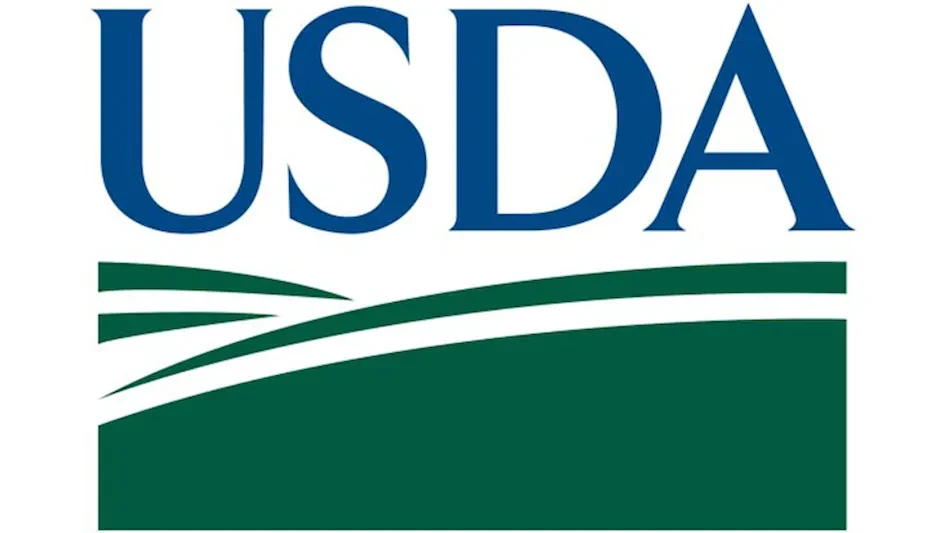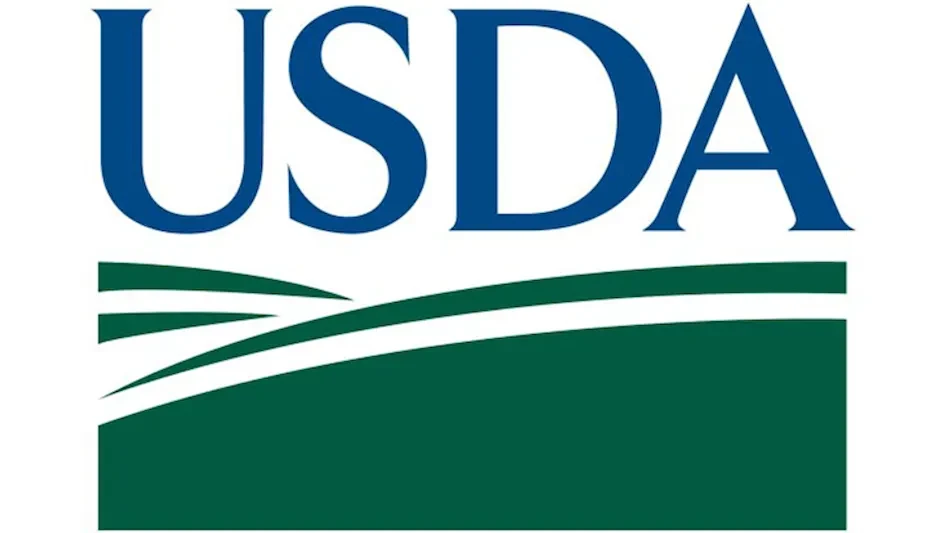
WASHINGTON, D.C. — The U.S. Department of Agriculture (USDA) announced the signing of a formal agreement with the U.S. Environmental Protection Agency (EPA) and the U.S. Food and Drug Administration (FDA) to renew their Federal Interagency Collaboration to Reduce Food Loss and Waste (FIFLAW). The U.S. Agency for International Development (USAID) also joined the collaboration to help reduce food loss and waste internationally.
Agriculture Secretary Tom Vilsack, EPA Administrator Michael S. Regan, FDA Commissioner Dr. Robert M. Califf and USAID Administrator Samantha Power signed the formal agreement renewing and enhancing the collaborative effort.
“By renewing this agreement and adding USAID into the effort, we affirm our shared commitment to coordinated action to reduce food loss and waste and educate Americans on its impacts and importance,” Vilsack said. “Individually and collectively, each of these agencies is working to combat food loss and waste from farm to table.”
COLLABORATION TO REDUCE FOOD LOSS AND WASTE. The Federal Interagency Collaboration to Reduce Food Loss and Waste was first formed in October 2018 and was renewed in December 2020. Since its creation, the Federal Interagency Collaboration has published the draft National Strategy for Reducing Food Loss and Waste and Recycling Organics. The collaboration also has forged a formal agreement with the national non-profit ReFED to leverage resources to evaluate what is and is not working with respect to the technical implementation of strategies aimed at reducing food waste in the United States.
With the renewal of the agreement, collaborating agencies will strengthen coordination to continue to produce educational and guidance materials, conduct outreach, community investments, voluntary programs, technical assistance, policy discussion and public-private partnerships. The addition of USAID enables the U.S. government to expand its efforts and reach a broad range of international stakeholders while better leveraging government resources. The agencies will also work together with external partners to leverage the private and non-governmental sectors to drive national and global change to reduce food loss and waste.
NEW INVESTMENTS IN RESEARCH AND CONSUMER EDUCATION. USDA also announced an investment by the USDA National Institute of Food and Agriculture of $4 million to fund a $1.5 million Center for Research, Behavioral Economics and Extension on Food Loss and Waste and a $2.5 million Pilot Consumer Education Campaign on Food Loss and Waste. Purdue University and Ohio State University will lead the two projects.
The center will use a systems approach in conducting research and extension outreach on policies and programs relevant to addressing inefficiencies in the food system and food-related practices, focusing on engaging underserved audiences and the next generation of young adults. Furthermore, the center will develop a National Extension Food Loss and Waste strategy that is in alignment with other federal guidance.
Ohio State University will conduct and evaluate a pilot consumer campaign to develop educational messages and materials that meaningfully reduce the amount of U.S. household food waste. Lessons learned from the pilot will be used to develop an integrated education program for governmental and non-governmental organizations for local consumer food waste reduction campaigns.
USDA EFFORTS ON REDUCING FOOD LOSS AND WASTE. These efforts build on the investments and activities that USDA has undertaken to reduce food loss and waste. In recent years, USDA has invested $57 million of American Rescue Plan Act funds to reduce food loss and waste and spur action across the country from farm to table. These investments include:
- $30 million in the Composting and Food Waste Reduction cooperative agreements over three years;
- $15 million in Community Food Projects and Sustainable Agriculture Research & Education (SARE) awards to get surplus wholesome food to individuals, and developing linkages between food producers, providers and food recovery organizations;
- $10 million in Food and Agriculture Service Learning Program awards in partnership with the National 4-H Council to educate school children and youth about food loss and waste and strategies to reduce it.
USDA has also hosted two USDA Food Loss and Waste Innovation Fairs and several roundtables to share success stories where cities, states and businesses have taken action to reduce food loss and waste as well as share the new innovations coming out of USDA to reduce food loss and waste, such as improved cultivars, packaging, and equipment and new products that can be made out food scraps.
Additionally, with EPA, USDA has expanded membership of the U.S. Food Loss and Waste 2030 Champions from 30 Champions in March 2020 to around 50 currently. 2030 Champions are businesses and organizations that have made a public commitment to reduce food loss and waste in their own U.S. operations by 50% by 2030. 2030 Champions include several industry giants across the food supply chain, such as Danone North America, Smithfield Foods, Inc., Starbucks, Sysco and Tyson Foods.
Globally, 30-40% of food produced is either lost or wasted throughout the farm-to-consumer supply chain, such as in fields due to spoilage and pest damage, while being stored, in transit and when it goes unused by consumers. The U.S. sends nearly 80 billion pounds of food to municipal solid waste to landfills annually. For more information, visit www.usda.gov/foodlossandwaste.
Latest from Quality Assurance & Food Safety
- IDFA Presents Leadership Award to Six Federal Officials at Annual Celebration of Dairy Reception
- Seeding The Future Global Food System Challenge is Changing Lives: Winners Reflections
- Raw Farm Products Recalled Following Bird Flu Virus Detections
- FDA Issues 2024 Voluntary National Retail Food Regulatory Program Standards
- GSA Launches Assurances Platform, Prism and Webinar Series in Partnership with Wholechain
- Multistate E. coli Outbreak Linked to Iceberg and Romaine Lettuce Blend
- FDA, USDA Seek Information About Food Date Labeling
- William Marler, Food Safety Advocate and Lawyer, Condemns Lack of Safety of U.S. Food Supply





